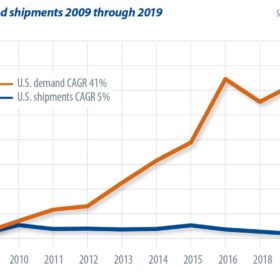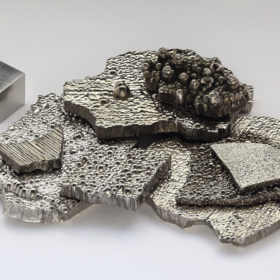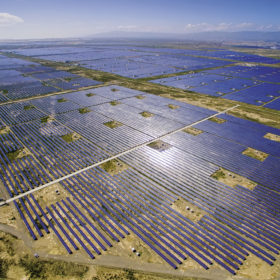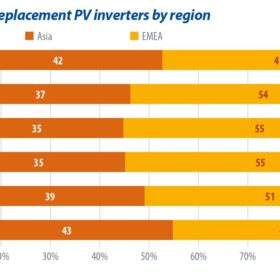US boom in the shadow of a black swan
Supply-chain constraints related to China’s coronavirus outbreak could weigh on the performance of the U.S. solar market in 2020, writes SPV Market Research’s Paula Mints.
Short-term symptoms
The Covid-19 outbreak has disrupted the global PV supply chain. China, the largest manufacturing hub for solar products, has postponed factory openings in many regions, as it has been hit by logistical hiccups, staff shortages, and delivery delays. Manufacturers in some Chinese provinces are running under capacity, while those overseas are facing the same situation.
Restrictions on sourcing of cobalt are changing
The Democratic Republic of Congo (DRC) is one of the world’s most natural mineral rich countries, yet it is plagued with poverty, inequality, corruption, human rights violations and many more challenges. Mining for materials like cobalt is at the center of these. According to state-owned miner Gecamines, over 22% of the country’s GDP is generated in the mining sector, while 70% of the world’s cobalt is produced in the country.
EU climate law sets the stage for a green transformation
Although decried for lacking ambition and as an abdication of responsibility in some quarters, the climate law proposed by the European Commission may be more ambitious than it first appears, as Felicia Jackson, from the center for sustainable finance of the School of Oriental and African Studies at the University of London – considers here.
Renewable energy procurement comes to China
A growing number of companies globally have set sustainability targets to address the climate emergency. More than 700 companies are taking action to reduce their carbon footprint, write Caroline Zhu and Jiayin Song of Rocky Mountain Institute, and over 200 companies have publicly made the RE100 commitment to procure 100% of their electricity from renewable energy.
The beginnings of a post FIT-market
The annual installed PV capacity for Japan is expected to be 7 GW (DC) in 2019, according to RTS Corp. Cumulative PV installed capacity now stands at 63 GW. In addition to the robust introduction of small-scale PV projects, the development of already approved large-scale PV projects under the FIT program was advanced by the end of the year, say RTS analysts Takashi Ohigashi and Izumi Kaizuka.
New markets for old batteries
The increased urgency for the automotive industry to deal with the disposal of EV batteries in the mid-term future will act as a catalyst for the emerging second-life battery market, writes Abhishek Sampat, Principal Analyst at Delta-EE. Automakers, and potentially third parties, are expected to exploit new value streams and a second-life market is predicted to drive down costs for stationary energy storage, with little to no compromise in quality to the end user.
Discussing bifacial project economics
Bifacial solar module technology will find beneficial application in a significant number of solar energy power plants, according to a technical assessment conducted by ArcVera Renewables. While advertised 25% or greater gains in energy yield are unlikely for most projects, typical project energy production gains are 3-10%. Analysis finds that many projects under the scrutiny of informed technical due diligence, proper measurement and site design, will reap meaningful net present value. Although financing institutions have recently not awarded significant debt financing value to bifacial projects, full credit for bifacial benefits are expected to accrue rapidly, as experience and market penetration increases.
2020 module market forecast
According to PV InfoLink’s database, JinkoSolar topped the 2019 rankings for global module shipments with around 14 GW – far higher than any of its rivals. Notably, this is not the first time Jinko has secured the No. 1 spot; it has avoided slipping from the top as many of its predecessors did in the industry’s earlier years. The company is followed by JA Solar and Trina Solar (each shipping more than 10 GW), and then Longi, Canadian Solar, Hanwha Q Cells, Risen Energy, Suntech, Astronergy, and Talesun.
Out with old inverters, in with the new
Global demand for replacement inverters will likely grow by almost 40% to reach 8.7 GW in 2020, as a large and expanding installed base of aging solar PV installations drives deployment, writes Miguel De Jesus of IHS Markit.









